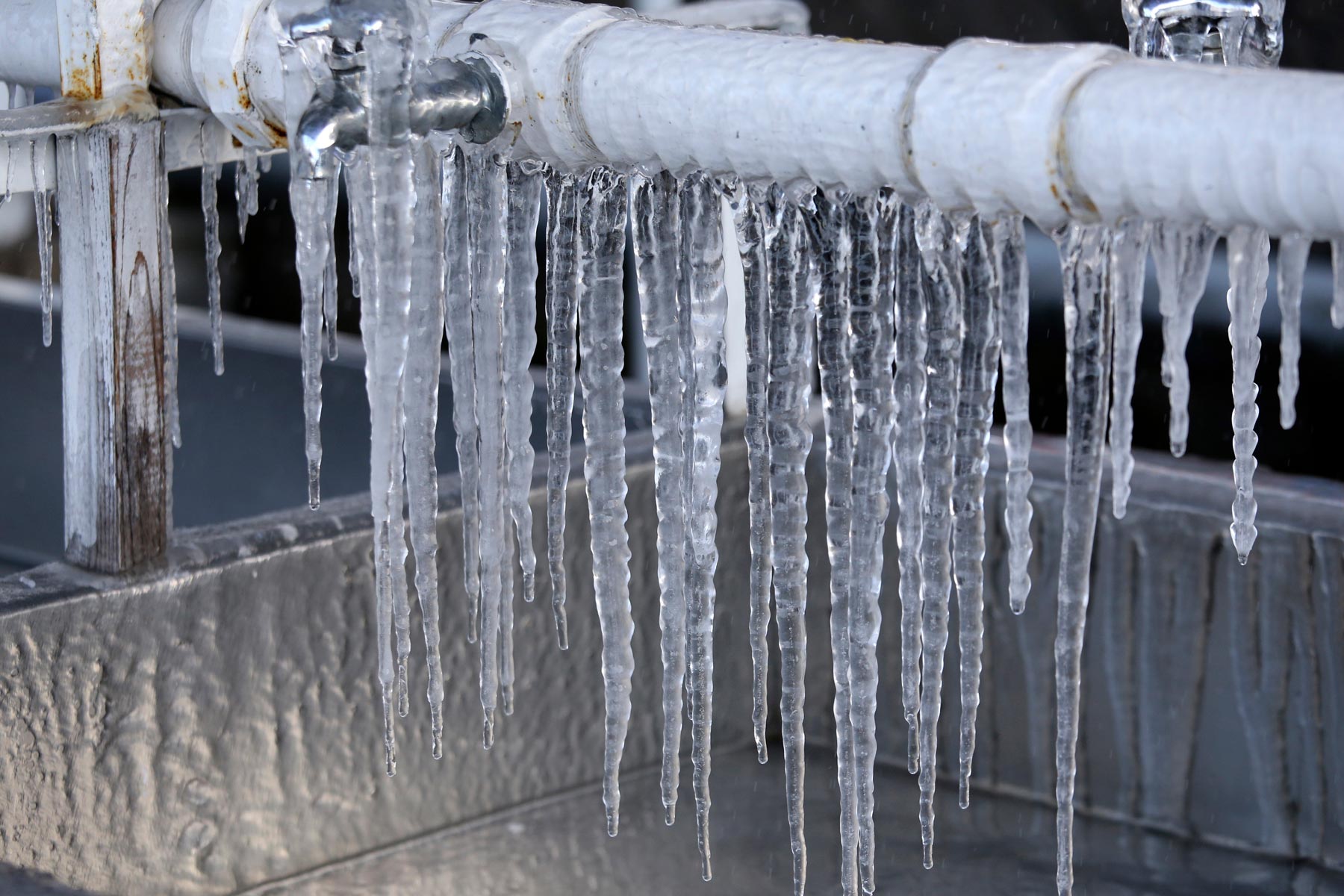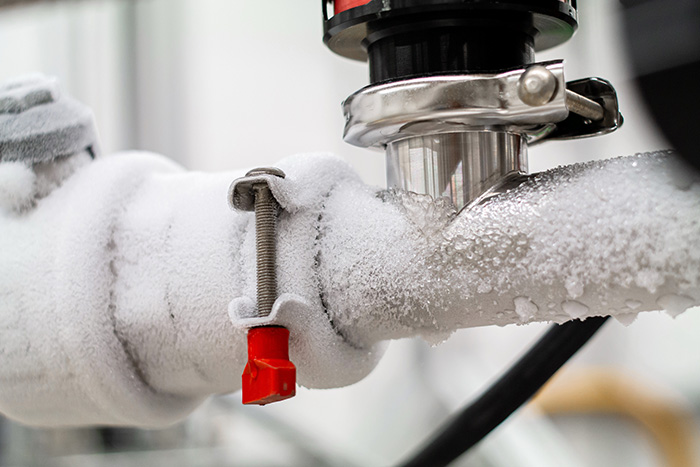Key Methods for Avoiding Frozen Pipes in Winter
Key Methods for Avoiding Frozen Pipes in Winter
Blog Article
Listed here below you can locate more quality details relating to How to Prevent Your Pipes From Freezing.

Cold weather can ruin your pipes, especially by freezing pipes. Below's how to stop it from taking place and what to do if it does.
Introduction
As temperature levels decline, the risk of icy pipelines increases, possibly bring about expensive repair work and water damages. Recognizing exactly how to stop frozen pipes is essential for property owners in cold environments.
Comprehending Frozen Pipes
What triggers pipelines to freeze?
Pipes freeze when exposed to temperature levels listed below 32 ° F (0 ° C) for expanded durations. As water inside the pipes ices up, it broadens, putting pressure on the pipeline walls and potentially causing them to burst.
Dangers and problems
Frozen pipelines can result in water supply disruptions, residential property damages, and pricey repairs. Burst pipes can flood homes and create comprehensive structural damages.
Indicators of Frozen Pipeline
Recognizing icy pipes early can stop them from bursting.
How to recognize frozen pipes
Seek lowered water flow from faucets, uncommon smells or sounds from pipelines, and noticeable frost on exposed pipelines.
Avoidance Tips
Insulating susceptible pipes
Cover pipelines in insulation sleeves or use warm tape to shield them from freezing temperatures. Concentrate on pipelines in unheated or exterior locations of the home.
Heating methods
Maintain interior rooms sufficiently heated up, particularly areas with plumbing. Open up closet doors to enable warm air to flow around pipes under sinks.
Protecting Outside Pipes
Garden tubes and outdoor taps
Disconnect and drain pipes yard hoses prior to winter. Set up frost-proof faucets or cover outside faucets with shielded caps.
What to Do If Your Pipes Freeze
Immediate activities to take
If you suspect frozen pipelines, keep faucets open up to alleviate stress as the ice thaws. Utilize a hairdryer or towels taken in warm water to thaw pipelines slowly.
Long-Term Solutions
Structural changes
Take into consideration rerouting pipelines away from exterior wall surfaces or unheated areas. Include additional insulation to attics, cellars, and crawl spaces.
Upgrading insulation
Invest in high-quality insulation for pipes, attics, and walls. Appropriate insulation aids preserve constant temperatures and minimizes the risk of icy pipelines.
Conclusion
Avoiding icy pipes needs proactive actions and quick actions. By recognizing the reasons, signs, and safety nets, homeowners can safeguard their pipes during winter.
5 Ways to Prevent Frozen Pipes
Drain Outdoor Faucets and Disconnect Hoses
First, close the shut-off valve that controls the flow of water in the pipe to your outdoor faucet. Then, head outside to disconnect and drain your hose and open the outdoor faucet to allow the water to completely drain out of the line. Turn off the faucet when done. Finally, head back to the shut-off valve and drain the remaining water inside the pipe into a bucket or container. Additionally, if you have a home irrigation system, you should consider hiring an expert to clear the system of water each year.
Insulate Pipes
One of the best and most cost-effective methods for preventing frozen water pipes is to wrap your pipes with insulation. This is especially important for areas in your home that aren’t exposed to heat, such as an attic. We suggest using foam sleeves, which can typically be found at your local hardware store.
Keep Heat Running at 65
Your pipes are located inside your walls, and the temperature there is much colder than the rest of the house. To prevent your pipes from freezing, The Insurance Information Institute suggests that you keep your home heated to at least 65 degrees, even when traveling. You may want to invest in smart devices that can keep an eye on the temperature in your home while you’re away.
Leave Water Dripping
Moving water — even a small trickle — can prevent ice from forming inside your pipes. When freezing temps are imminent, start a drip of water from all faucets that serve exposed pipes. Leaving a few faucets running will also help relieve pressure inside the pipes and help prevent a rupture if the water inside freezes.
Open Cupboard Doors
Warm your kitchen and bathroom pipes by opening cupboards and vanities. You should also leave your interior doors ajar to help warm air circulate evenly throughout your home.

As an enthusiastic person who reads on Preventing and dealing with frozen pipes, I imagined sharing that portion was beneficial. If you liked our blog entry plz remember to pass it around. Thank you for being here. Come back soon.
Estimate Report this page